Welcome back to Decouple, the best source for cutting-edge analysis on clean energy, with weekly interviews by Chris Keefer. Watch on YouTube, Spotify, or Apple.
This week, Decouple Germany correspondent Noah Rettberg, a physics laboratory technician and precision machinist, talks about the potential to restart German nuclear reactors. A new analysis from Radiant Energy Group examines Germany's potential to redeploy nuclear power using its existing reactor fleet. Through assessment of recently shuttered reactors, their report suggests Germany could restore up to 13 gigawatts of nuclear power to the European grid within eight years – potentially at much lower costs and faster speeds than new construction. As Germany's electricity imports have risen sharply – from 9 TWh in 2023 to 25 TWh by late 2024 – and its economy faces headwinds, the country's nuclear infrastructure might offer a path forward if the political will appears.
Watch now on Youtube.
We talk about
Germany's nuclear development, from early designs to 30% nuclear generation
Technical aspects of German reactors, including containment design & steam generator durability
The current situation in Germany: Grid reliability, power prices, and industrial considerations
The restart potential for 9 reactors totaling 12-13 GW of clean power, including technical feasibility, timelines, and economics
The surprising flexibility of the German nuclear phase-out law
Deeper Dive
The story of German nuclear power is one of remarkable engineering achievements. During the 1970s and 1980s, German engineers developed distinctive reactor designs that set new standards for safety and efficiency. Unlike their French counterparts who adapted American designs, German engineers created unique and robust systems.
According to Rettberg, these reactors often achieved over 90% capacity factors with notably efficient staffing levels. They were built with distinctive features, including double containment and high-durability steam generators built to exacting standards of "basis-sicherheit.”
"The greatest possibility to bring additional nuclear generating capacity onto the European grid right now is in Germany." - Noah Rettberg
Today, Germany faces mounting energy challenges. A 2024 industry survey revealed that 37% of companies are considering reducing production or relocating – a figure that rises to 45% among energy-intensive firms. Despite substantial investments in renewables, clean electricity production has actually declined by 12% since 2019, even as wind and solar capacity increased by 60%. During the "Dunkelflaute"—periods of minimal wind and solar generation—Germany increasingly relies on its neighbors, importing up to 17 gigawatts of power in a situation Rettberg likens to a game of Russian Roulette.
According to Rettberg and Radiant Energy Group, the path forward is surprisingly straightforward. Radiant Energy Group identifies nine reactors suitable for restart, with the most promising candidates requiring less than 1 billion euros for restoration. What makes this particularly striking is that Germany is already planning to spend approximately 1 billion euros per reactor on decommissioning, with energy companies having set aside 38 billion euros for decommissioning and waste management.
According to Radiant Energy Group, public support for nuclear energy has grown significantly, with 67% of Germans now favoring its use for electricity generation. The economic case is equally compelling—these nine reactors could generate over 100 billion euros in profit over 20 years at current market rates, according to the report.
Reversing Germany's nuclear phase-out could fundamentally reshape the global nuclear energy debate. As Rettberg explains, it would mean "defeating the anti-nuclear movement in what has become its heartland," potentially transforming energy policy discussions across Europe and beyond.
Listen to Decouple’s interview with Anna Veronika Wendland, historian of nuclear technology, on the day of Grohnde’s closure in 2021.
Keywords
German nuclear restart, Atomausstieg reversal, Grid stability, Nuclear engineering, Energy security, Dunkelflaute, Industrial competitiveness, Clean energy transition, Energy independence, European power grid
Timestamps
00:00 Introduction and German nuclear potential
03:24 History of German nuclear development
09:01 Anti-nuclear movement emergence
18:27 Timeline of reactor closures
25:45 Current grid challenges
32:19 Restart feasibility analysis
40:22 Political landscape
47:54 Technical restart categories
54:36 Economic comparisons
01:04:02 Future prospects





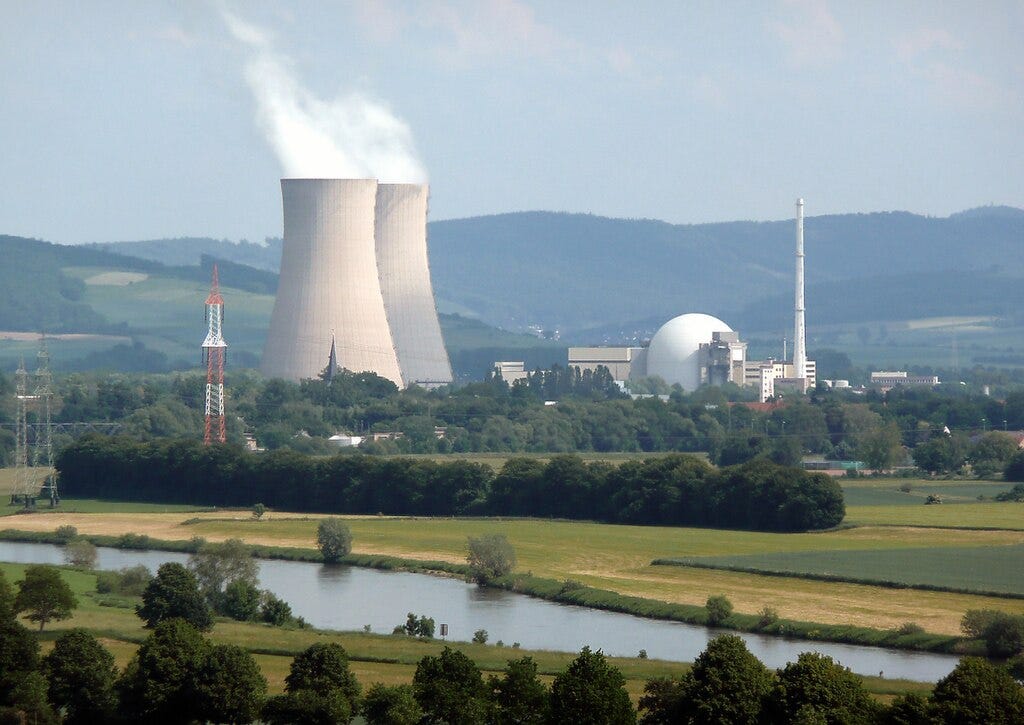
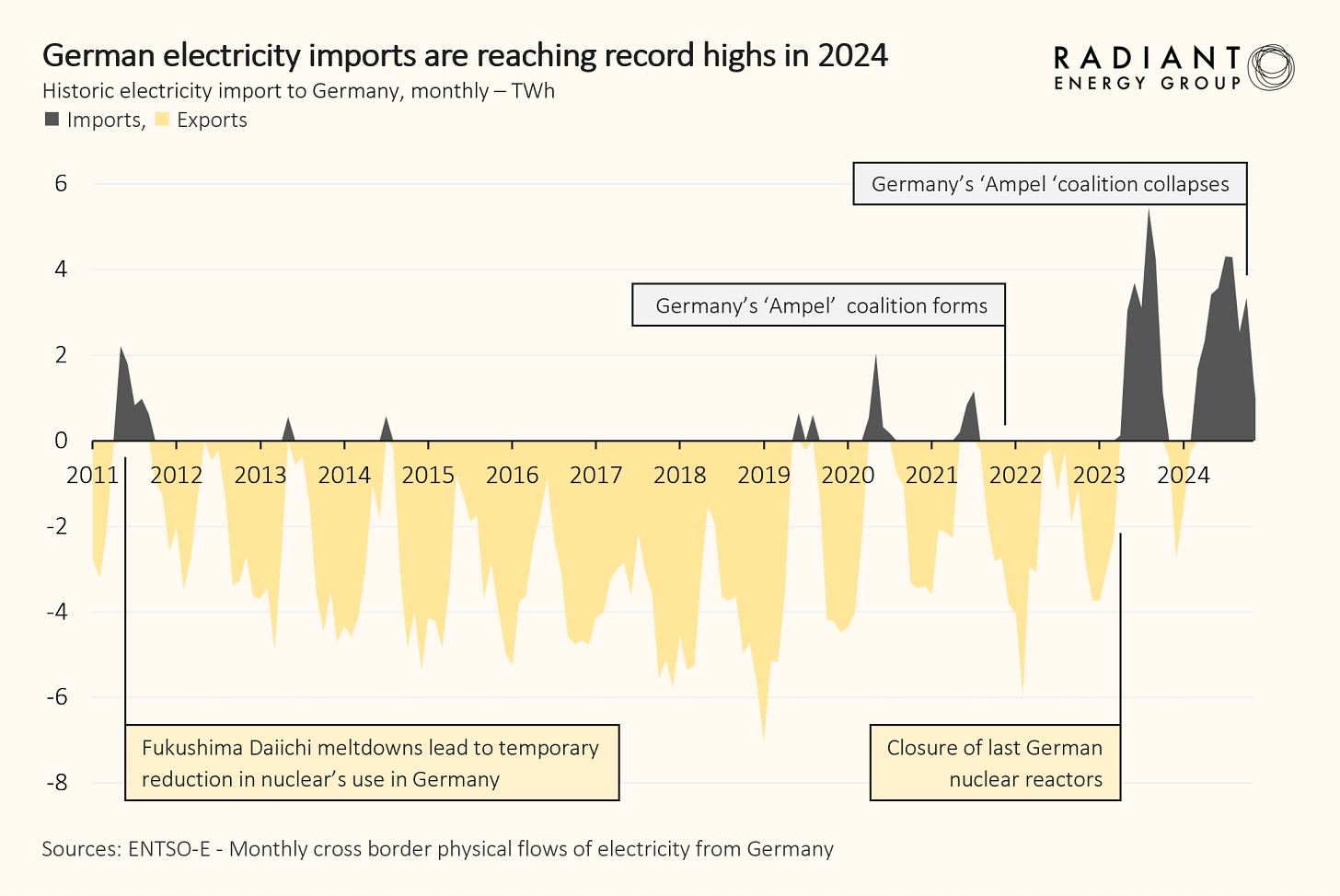
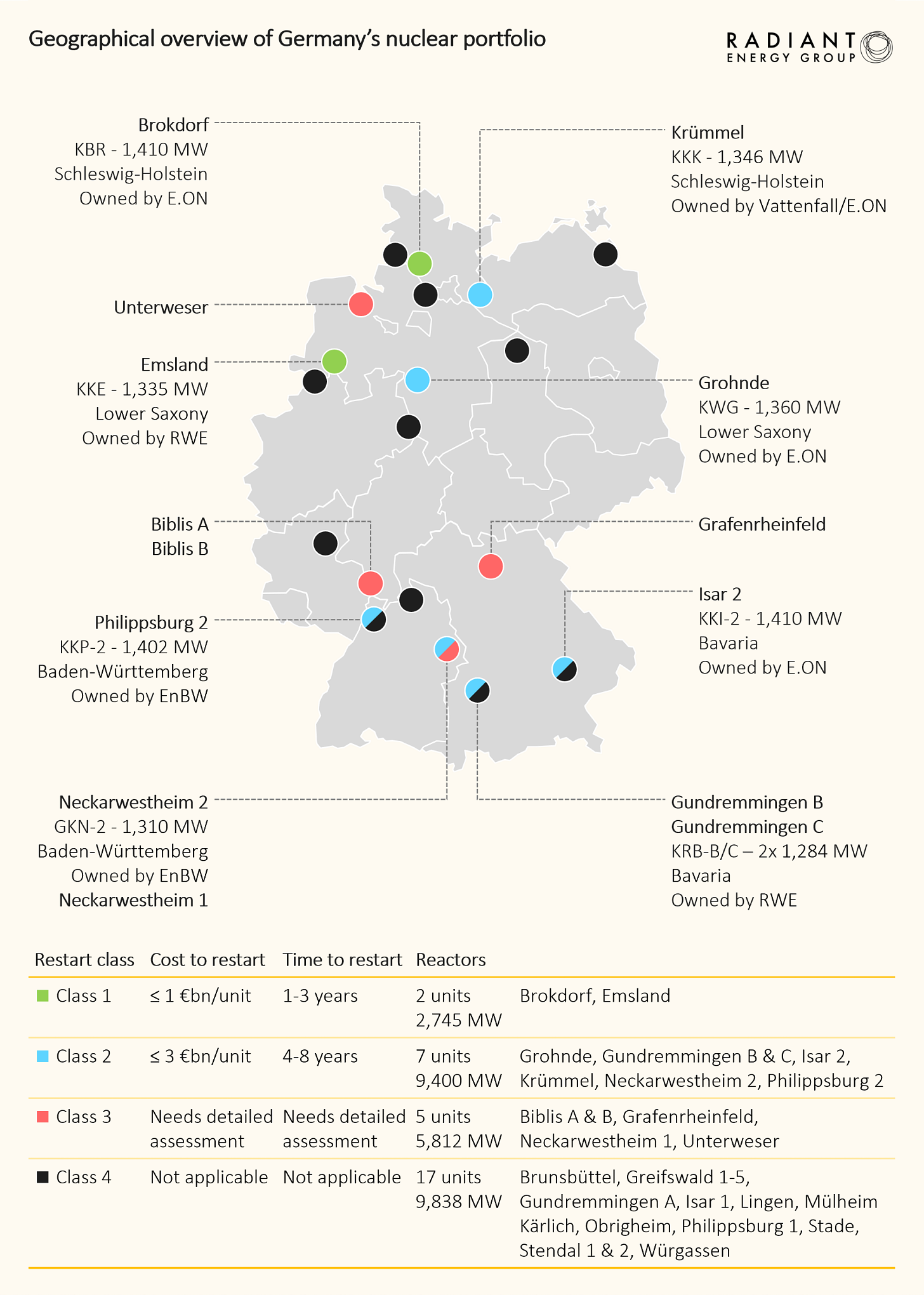

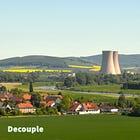


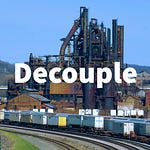

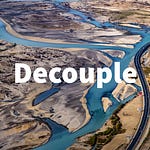
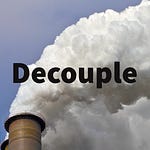

Share this post